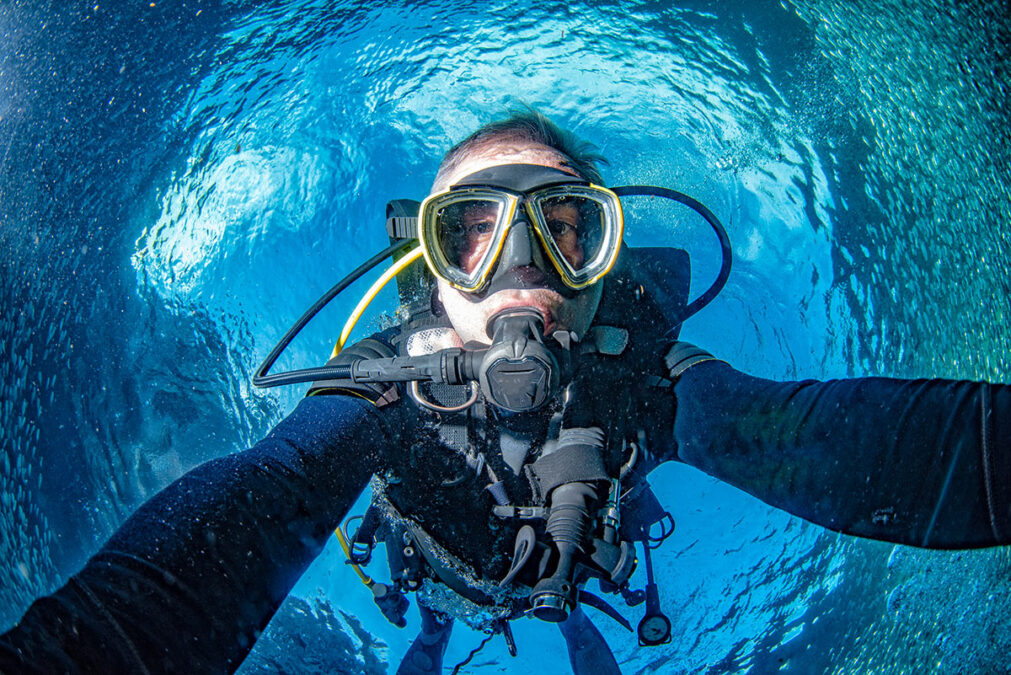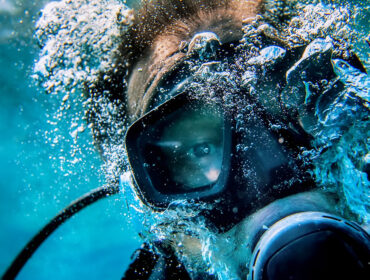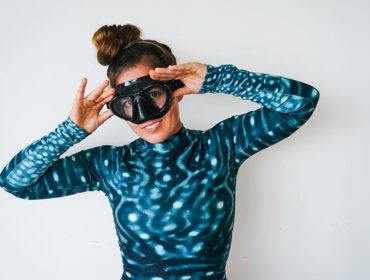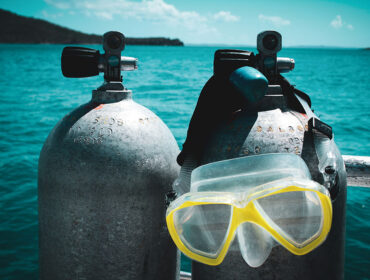When choosing the proper mask, you’ll hear a lot about what makes a good fit. Getting a good seal, the right size mask for your face, and the lens style are all factors you’ll consider when choosing a mask. But have you ever wondered how scuba masks are made?
Mask construction begins with a pressure molded silicone base that makes up the mask skirt. Polycarbonate plastics, which make up the frame and lens retainers, are melted from tiny pellets, then injection molded onto a mask shaped frame. Dyes are added to the pellets to provide the many different colors available.
Once these cure and harden, the connectors that will hold the mask strap, as well as the silicone skirt are attached to the frame. Tempered glass lenses are inserted, and the mask strap is threaded through the connectors. Unlike the initial phase of construction, this portion of the process is done by hand. The mask is then tested for air leaks, and packaged for shipping.
The type of mask you choose is purely subjective. Low volume masks take less effort to clear and bring the lens closer to your eyes, providing clearer vision. Always make sure you have a complete seal to your face, regardless of what style of mask you choose. Comfort and proper fit are the two most important considerations.
Clear skirts or solid are another option to choose from. Again, this is a personal choice and does not affect the performance of the mask. Some night divers prefer a clear skirt over a black one, for less interference with peripheral vision. Photographers, on the other hand, find that a black skirt cuts down on glare. Whatever type you choose, a good fitting and comfortable mask will serve you for years to come.
The following video, while a bit dated, shows the fascinating process through which every scuba mask is made. Take a couple minutes out of your day and check out how one of the most important pieces of your dive gear is constructed!




